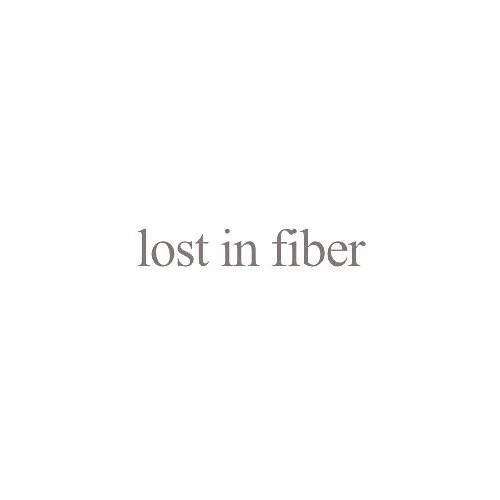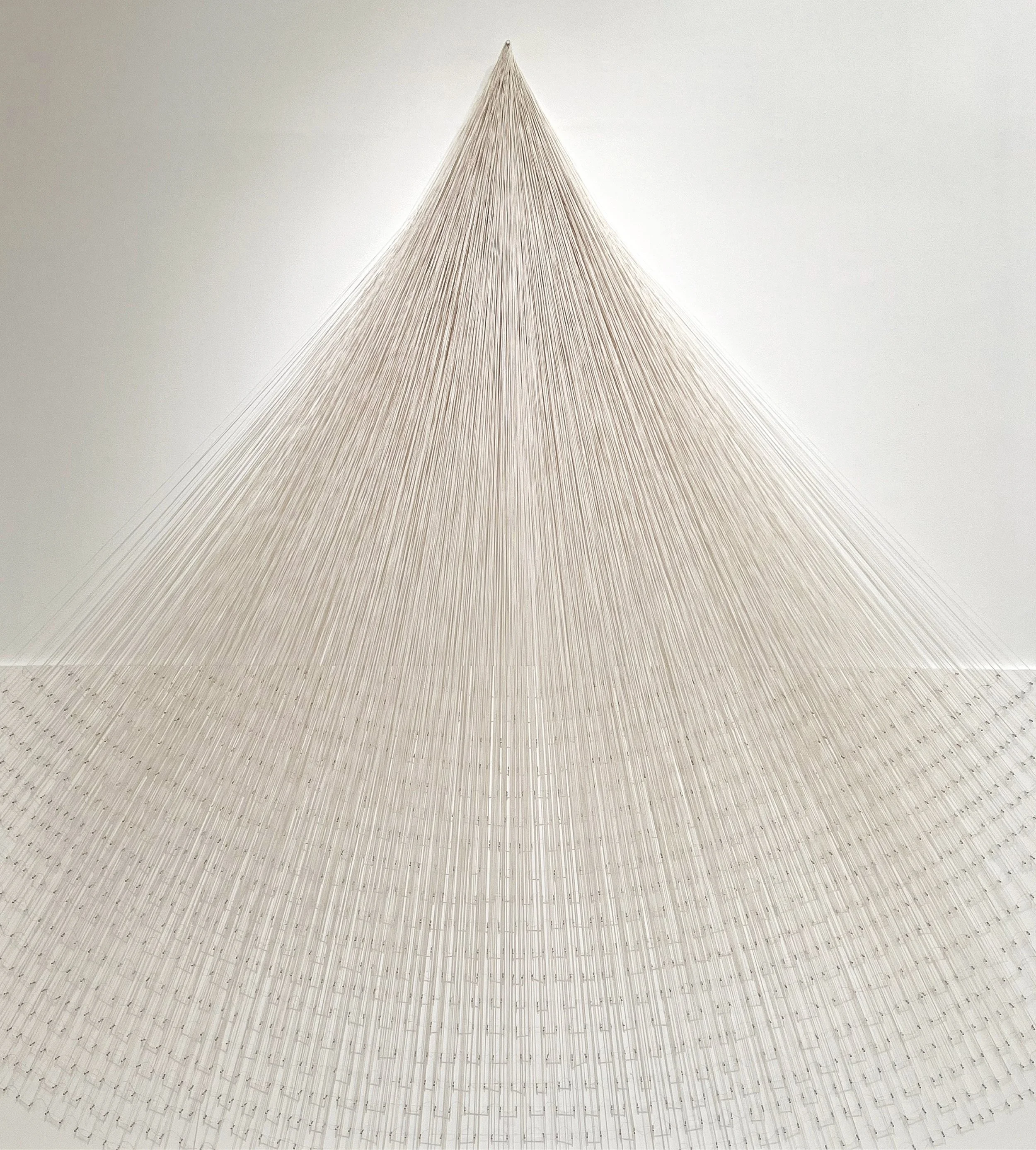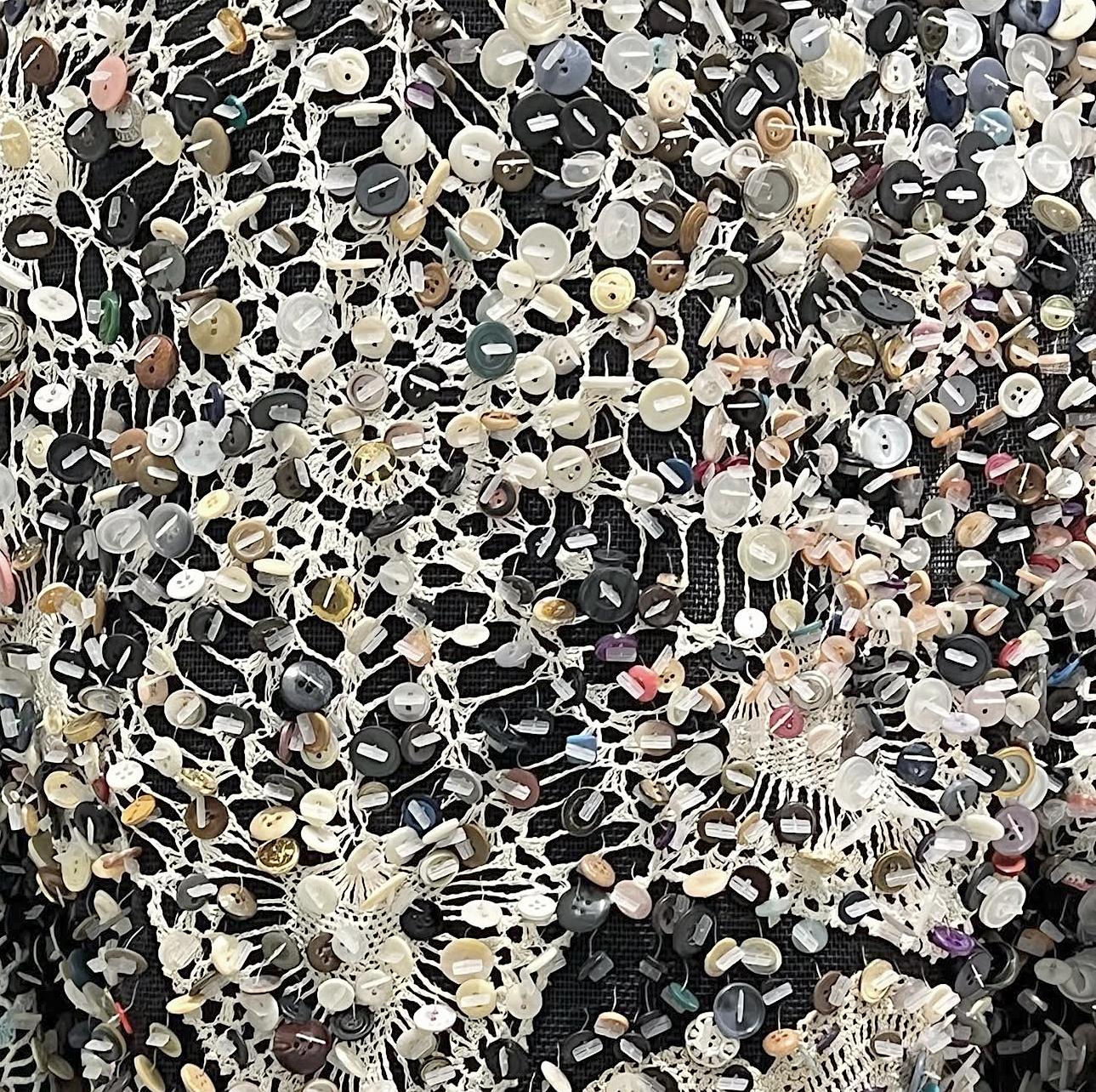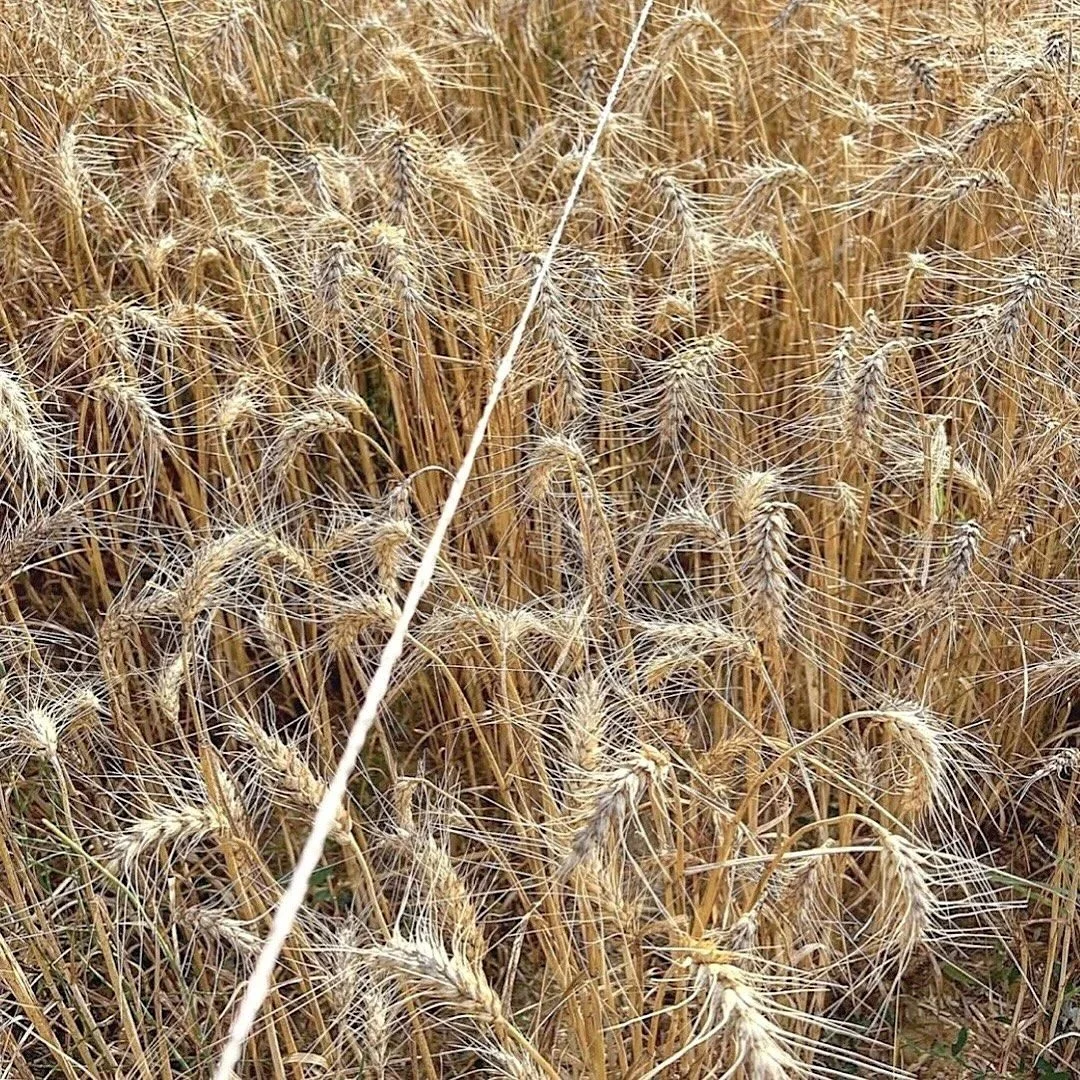lost in fiber library | writing sessions
The more complex the network is, the more complex its pattern of interconnections, the more resilient it will be. – F.C.
This quote from author, physicist, systems theorist and deep ecologist, Fritjof Capra, summarizes the spirit of the Lost in Fiber library ‘archiving’ system. That is, finding connection and interrelatedness via intuitive threads and creative complexity.
Session 02. Care and Curating
[ November 2025 ]
There are many deserving things and places to care about and care for during these times. Curating also requires care – beyond the methods we might have envisioned to date.
I recently revisited the terms care and curate, decoding that curating extends beyond the selection and presentation of a collection of things or ideas. The Latin root of curate,“cūra,” signifies care, concern, or healing, while the verb, “cūrāre,” implies simply taking care of. Curating today might encompass relational care beyond the formal highlighting of objects and their histories and narratives.
Communities and the environment need our care and attention, as do the injustices that erode the dignity and integrity of community life. Repair is required, and in many cases, reframing is essential. Acknowledgment of the endangered, marginalized, and seemingly invisible also requires targeted care and rethinking, reworking.
Where to begin? What to focus on? How to make an impact? In moments of overwhelm, I call upon times when care felt natural.
For me, this includes the following memories, in no specific order:
Care for – baby goats and angora rabbits on our farm (before and after the elementary school day), my younger brother while my parents were farming, my grandmother after school, chores around the house as the eldest child, rural neighbors who were trying to stay afloat, high school classmates, art school and college friends, professional design/media projects that required creative direction, the organizing of exhibitions and curatorial statements focused on cultural and environmental preservation, homes or properties that required repair or restoration, and care for my own children (twins) and my partner (best friend) as well as pets.
All of this has felt like care, and in the end, has been part of a cumulative timeline in curating a life. These efforts have required resourcefulness and an awareness of how relationships and being open to change might entail a work ethos that is its own form of self expression. In this spirit, I am reminded of a quote by Ruth Asawa – artist, educator, sculptor, caregiver, parent: “Sculpture is like farming. If you just keep at it, you can get a lot done.”
[ image: cholla helix, sculpture: Abigail Doan studio ]
Session 02. visualization / writing prompt
How do you care for materials and objects in your space? Do you arrange, highlight, repair, reposition, or tend to these forms in a specific way?
In what ways does care for yourself, others, and/or your environment connect you to a practice that extends beyond definitions of what curating (in this context, ‘caring for’) might look like?
If you had a space to curate that was an imaginary realm, with all possible materials and/or objects available, what would this look or feel like?
Is there an existing place that you feel needs care by the implementation of simple acts?
Featured images are from the library | studio archives:
Abigail Doan, 2. Hella Jongerius, 3-6. Abigail Doan
Session 01. Spinning Threads and Systems
[ October 2025 ]
When I was a drawing instructor for first-year university students, I spent a lot of time thinking about how to create activities and lessons that would encourage experimentation with line as a connective tool. Line was introduced as thread that started at a fixed point and could then be extended or stretched to another point – becoming a filament that might continue in space or be invisibly wrapped around a form to create volume. Students would begin an exercise with pencil to paper, slowly extending their drawn lines – gradually building up spatial complexity and interwoven planes on the page surface. I slyly told them that anyone could draw if they were crafting space this way. (It was a playful way to also introduce 3D design concepts and avoid the ‘shade-it-in’ drawing tactic learned in high school.)
In the same vein, I feel as if anyone can start to write, or be playful about writing, if words are allowed to extend into space – along a threaded narrative. Perhaps more than writing, one might simply be spinning a passage.
This quote from E.J. W. Barber’s book, Prehistoric Textiles (page 41), seems apropos in this context:
“Spinning, technically speaking, involves both twisting and drawing out (or drafting) the fibers of the raw material into a thread. Since spinning is no longer the daily household task that it used to be, we now think of the word spin as meaning simply to ‘twirl.’ But originally the root had much more to do with the notion of drawing out or stretching from one place to another (as in the English ‘span’ or the phrase, ‘spin a tale).”
Spinning fiber into thread might be applied in many contexts: art installations, the creation of cloth, the writing of a passage, and/or the preservation of an idea or unique materials.
[ image: Kazuko Miyamoto, photo: Abigail Doan studio ]
Session 01. visualization / writing prompt
In what ways do you create systems in your environment to preserve what matters to you?
Do you create small installations or personal libraries to preserve these ideas?
If so, how do you approach archiving or organizing these objects and materials?
Is there a thread that conceptually connects things, or is there another method that you like to incorporate?
What would you change about this method or system to have the threads become more evident, or not?
Featured images are from my library and studio archives, in sequence:
1. Abigail Doan, 2. Nick Cave, 3-5. Abigail Doan, 6. Christiane Löhr














